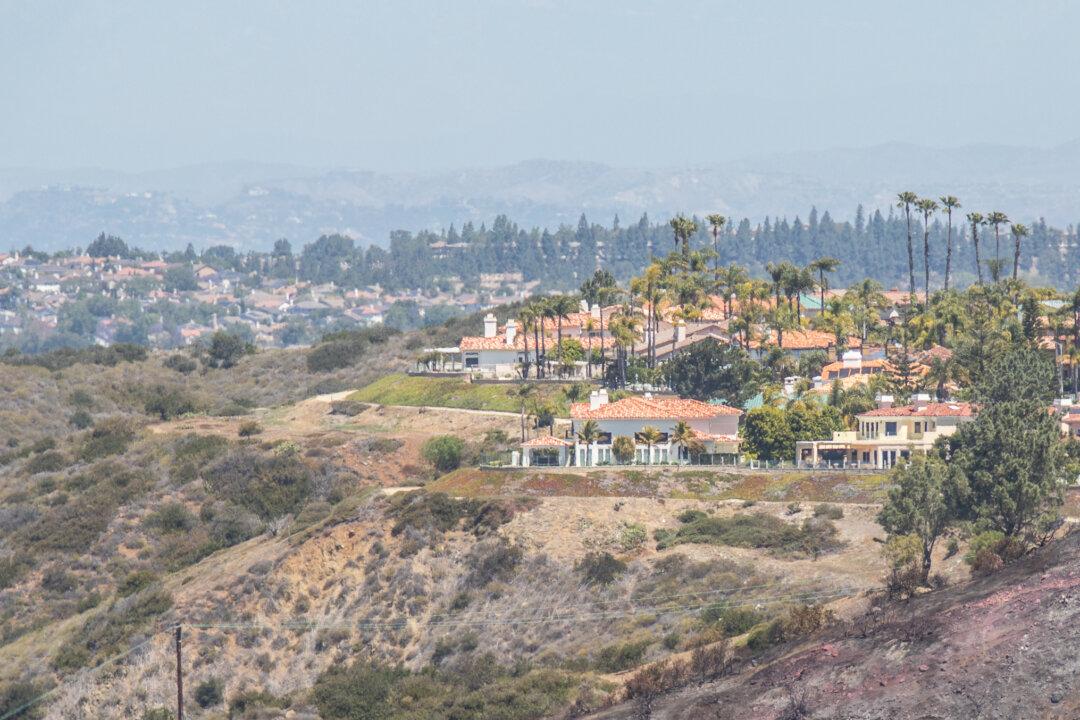With its lush green landscape and crisp ocean breeze rolling off the smooth hills, Laguna Niguel serves as a photogenic example of idyllic Orange County weather and living. Having only been certified as a city in 1989, Laguna Niguel has held a unique place nestled in the region since its settling hundreds of years prior as a simple Spanish-style agrarian town dotted with sheep.
“It really is the greatest place to live,” the city’s Mayor Elaine Gennawey told The Epoch Times. “There’s a reason why so many people want to live here; we are a close community … especially perfect for raising a family.”




